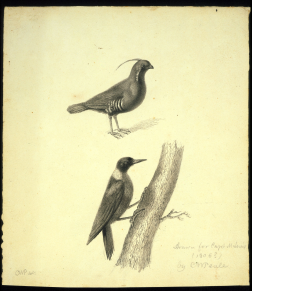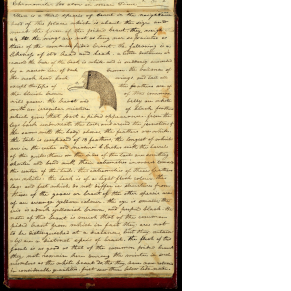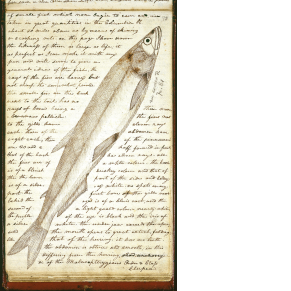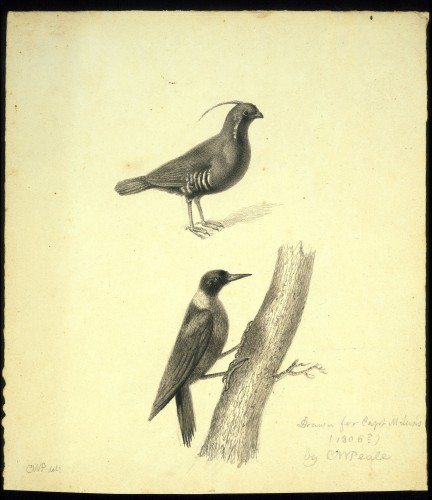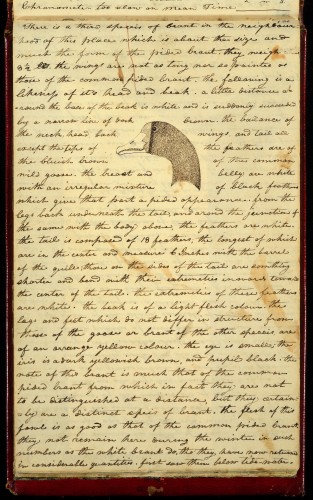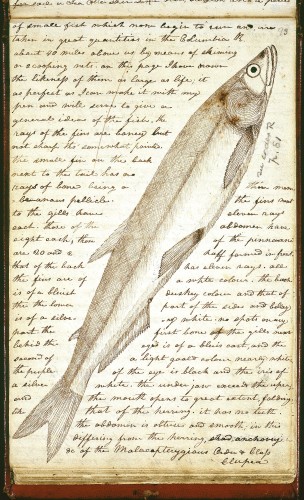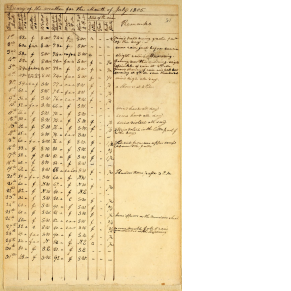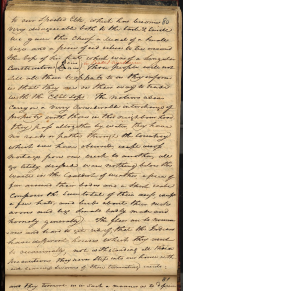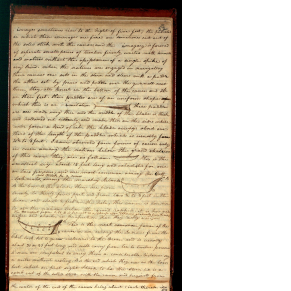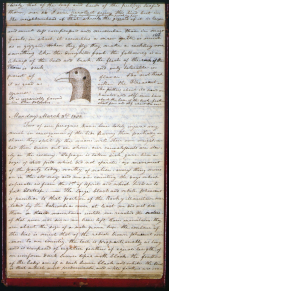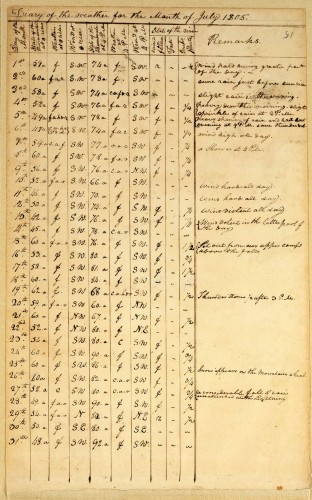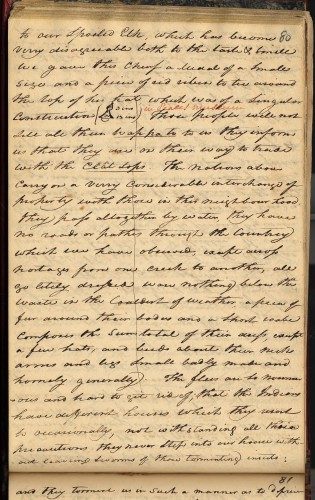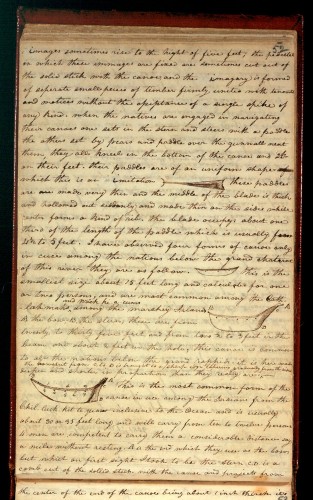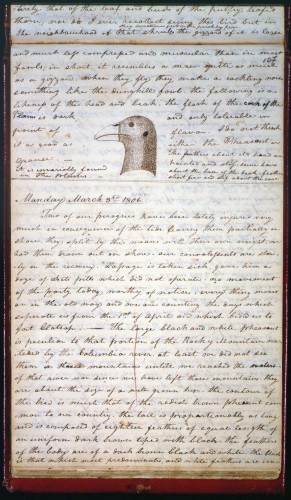Check out these additional resources for Lewis and Clark at the American Philosophical Society's library.
Lewis and Clark: Collecting Useful Knowledge
The “Lewis and Clark: Collecting Useful Knowledge” lesson plan introduces the idea of “useful knowledge” and why Jefferson would have sought it in the western regions of North America. It asks students to contemplate what makes knowledge useful, and how knowledge is collected and recorded.
Grades 7-12
45 Minutes – 2 Hours
Thomas Jefferson was Vice-President of the American Philosophical Society when he first constructed the idea of westward exploration. In 1793 he requested the members of the American Philosophical Society to fund an expedition by André Michaux, a French botanist, to explore the region west of the United States. While this plan fell through, Jefferson never gave up on his plan for an exploration of the western lands of North America. In 1801 Jefferson was elected as the third president of the United States, and selected Meriwether Lewis as his secretary. In 1803, following the Louisiana Purchase, Jefferson finally launched the expedition to explore the newly acquired territory, and selected his loyal secretary to lead the expedition.
Meriwether Lewis (APS 1803) was a Virginian plantation owner and soldier who, while he had no formal education in natural sciences, developed a passion for botany while growing up with his mother in Georgia. Jefferson directed Lewis to select his own co-captain, and Lewis immediately asked his former commanding officer and fellow Virginian William Clark. Lewis received training from Jefferson’s fellow members at the American Philosophical Society in Philadelphia, including training in medicine from Dr. Benjamin Rush (APS pre-1769), anatomy and fossils from Caspar Wistar (APS 1787), and mapmaking and surveying from Andrew Ellicott (APS 1785). Lewis and Clark and their team of over 40 men, including Clark’s longtime enslaved servant York, left from St. Louis on May 14, 1804, and arrived at the Clatsop Nation along the Oregon coast in November 1805. They returned east and arrived in St. Louis in September 1806, over two years after setting out.
The journals that Lewis and Clark kept on their journey would eventually make their way into the Philosophical Society, where they have been protected and preserved for over 200 years. Today, they offer an invaluable resource to study this crucial time in United States history, telling the story of the innumerable indigenous nations and communities impacted by the western expansion of the United States, catalyzed by Lewis and Clark’s initial journey.
This lesson plan was create by Marissa Ivie. Marissa is originally from Phoenix, Arizona and spent several years working in fundraising at the Chicago History Museum before moving to Philadelphia in 2019. After working in book publishing for a little bit, Marissa went back to school for her master’s in history from Villanova University and graduated in May 2023. She primarily studies eighteenth century women and gender history, with a geographic focus on Ireland and Philadelphia.

